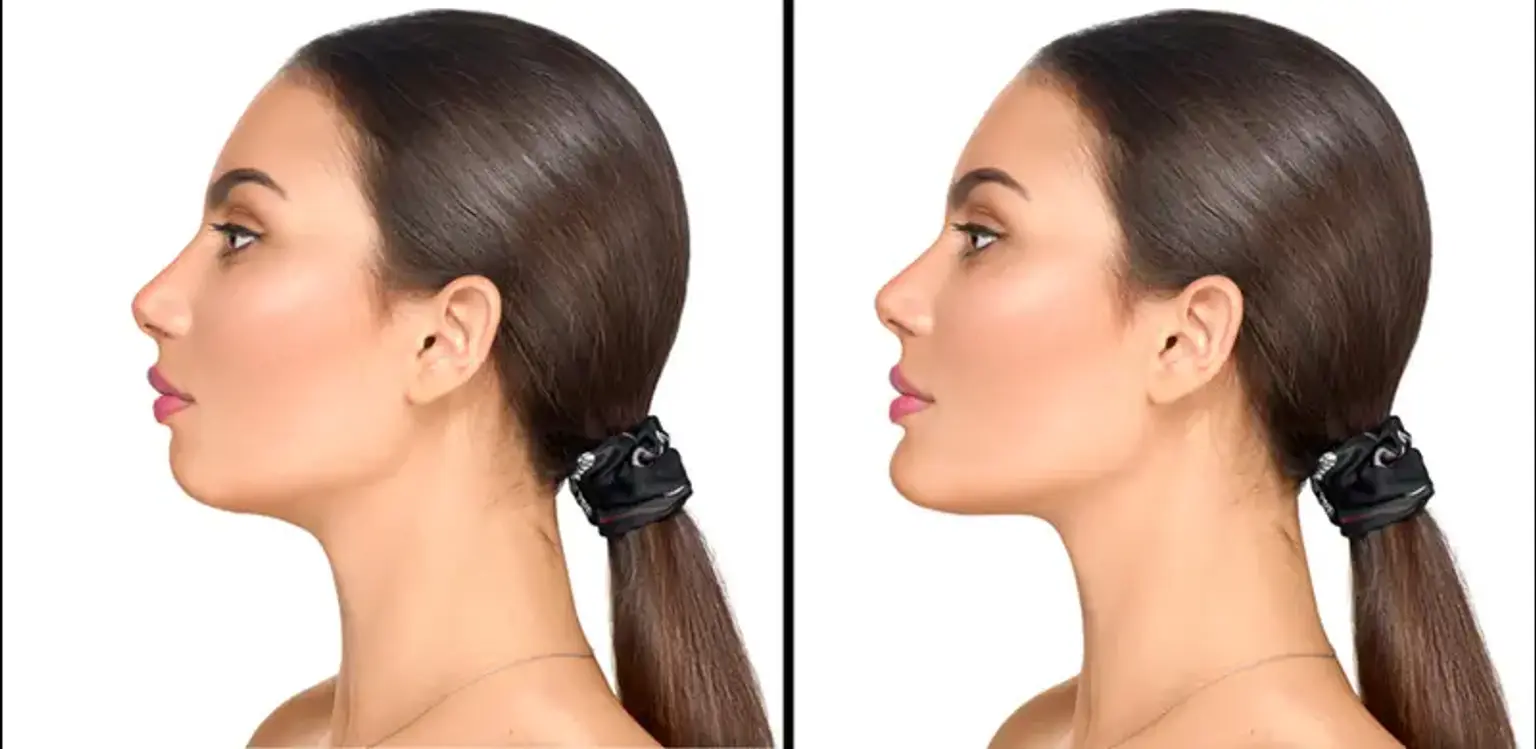Introduction
In the world of cosmetic enhancements, facial implants and dermal fillers are two of the most popular options for achieving a more youthful, balanced appearance. Both treatments offer unique benefits, allowing individuals to refine facial features, restore lost volume, and reduce signs of aging. While facial implants provide permanent structural changes, dermal fillers offer a non-invasive, temporary solution with minimal downtime.
Whether you're looking for subtle enhancements or a more dramatic transformation, understanding the differences between these procedures is key to making an informed decision. In this article, we’ll explore the benefits, risks, and recovery processes of both facial implants and dermal fillers, helping you choose the best treatment for your aesthetic goals.
What Are Facial Implants?
Facial implants are small devices surgically placed under the skin to enhance specific areas of the face, such as the chin, cheeks, or jawline. Made from materials like silicone or porous polyethylene, these implants are designed to provide permanent results by improving facial contour and symmetry.
Chin Implants: Often used to balance the facial profile by making a weak chin more prominent.
Cheek Implants: These are designed to add volume to sunken or flat cheeks, creating a more youthful, fuller appearance.
Jawline Implants: Ideal for patients looking to enhance or define the jawline, creating a sharper, more angular look.
